The arrival of a child is a time of great happiness, but it also represents significant duties and anxieties, particularly as they relate to sleep safety.
Choosing the best position for an infant to sleep is conducive to their safety and health is among the most vital aspects of looking after them.
This article will discuss why it’s important that you choose best infant sleep positions while offering five useful suggestions on how to create a safe sleeping environment for your infant.
Now let us look at some steps one can take to ensure secure sleeping habits and informed choices about keeping one’s baby safe and comfortable.
Importance of Choosing The Right Sleeping Position For Newborns
Knowing the best infant sleep positions is not only about satisfaction, but its importance also lies on the health and safety of your baby.
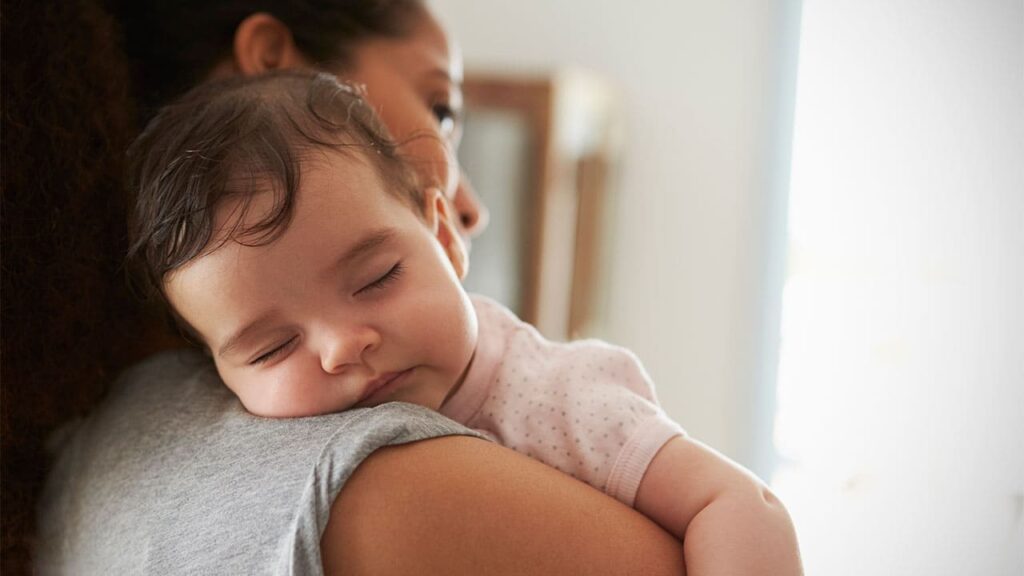
Let us see why choosing the best position for an infant to sleep is important for your newborn and how you can ensure that he or she sleeps in a safe environment.
1. Reducing SIDS Risk
One of the main concerns among new parents is Sudden Infant Death Syndrome (SIDS). This refers to an unexpected event where a healthy baby dies suddenly during sleep, typically within one year after birth due to the wrong sleeping position for newborns.
It may sound devastating but fortunately, there are ways you can minimize this risk through best infant sleep positions and choosing the best position for an infant to sleep.
Placing infants on their backs while they sleep has been found by studies to cut down cases of SIDS by 50%. Such a position helps in keeping airways open and preventing re-inhalation of exhaled carbon dioxide which is associated with sudden infant death syndrome.
2. Avoiding Positional Asphyxia
When babies’ breathing gets blocked due to their positioning it is called positional asphyxia. This mostly happens if an infant’s face gets pressed against bedding or mattress hence blocking off its airway.
Putting a child to sleep on a tummy or side may lead to suffocation from positional asphyxia. Always lay them down flat on their backs so that they can breathe freely without any obstructions.
3. Avoiding Flat Head Syndrome
While making sure that your baby is safe during sleep is the most important thing, you would also want to prevent flat head syndrome (positional plagiocephaly). This is a condition where a baby’s skull becomes flat on one part due to prolonged pressure.
Although sleeping on the back is the best, you can still rotate your child’s sleeping direction as a way of avoiding flat head syndrome.
During the day ensure there is supervised tummy time because it helps in strengthening neck and shoulder muscles while reducing pressure at the back of the head.
When you become a parent for the first time, many decisions need to be made but among them all, choosing the best position for an infant to sleep should top the list.
Since sleep plays an important role in newborns’ growth; this means they spend most of their time doing so. Therefore if the best infant sleep positions are chosen; it can improve their quality of rest thus leading to better development overall.
Read More: Positive Parenting Tips For Toddlers – 10 Parenting Insights You Can’t Miss
Best Position For An Infant To Sleep: 10 Tips For Parents!
As a brand-new parent, one of the most important things is making certain that your baby is safe and comfortable while they sleep. The appropriate sleeping position for an infant can help them feel better as well as minimize risks.

Below are five key pieces of advice for the best position for an infant to sleep in and create a safe sleeping environment.
1. Always Put Your Baby On Their Back To Sleep
Laying babies down on their backs is not only the safest but also shown to significantly reduce sudden infant death syndrome (SIDS) cases.
Sleeping in these best infant sleep positions ensures there remains open space around breathing passages thus reducing chances of inhaling breathed-out carbon dioxide which can occur when infants nap lying face down or on their sides.
Some moms and dads fear back-sleeping might raise choking risk especially if their little one spits up during naps.
However, this is one of the best position for an infant to sleep in because when babies sleep lying supine, they have natural reflexes against choking.
2. Use A Firm Sleep Surface
A crib mattress should be firm and covered with a fitted sheet. Soft materials like memory foam or feather beds can create suffocation hazards for infants who cannot change positions easily while asleep since these substances will conform to babies’ shapes over time.
A firm surface supports your child’s body correctly thus minimizing chances of suffocating them; also avoid using pillows, blankets, stuffed animals, and bumper pads inside cribs as these items may obstruct breathing leading to overheating which poses risks too
3. Keep Sleep Space Clean and Safe
A safe sleep environment does not have any potential risks that might threaten the well-being of your child while he or she is sleeping.
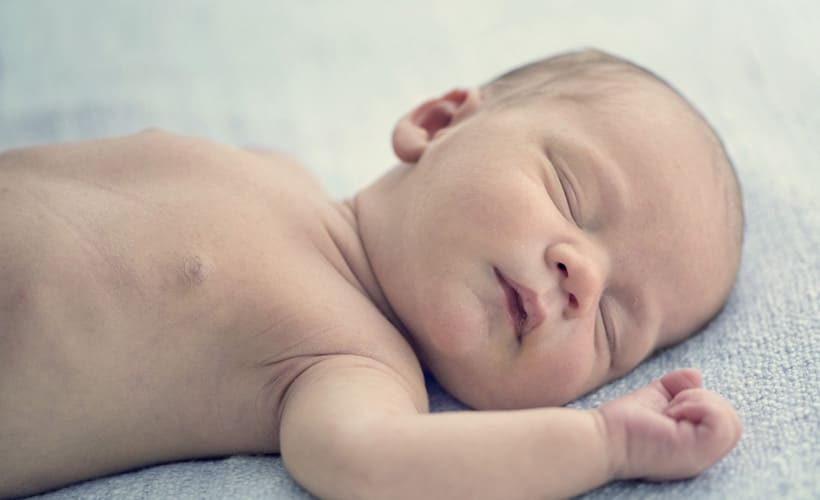
Nothing in the crib other than your baby attired in suitable sleepwear. No toys, loose bedding, or anything else that could cause breathing problems should be left there.
Instead of flat sheets, use a wearable blanket or sleep sack to keep your baby warm.
This is one of the best positions for an infant to sleep in as it reduces the chances of his or her face becoming covered and helps maintain an appropriate temperature for safety.
4. Use a Pacifier at Naptime and Bedtime
Using a pacifier during naptime and bedtime is associated with decreased risk of SIDS although the exact mechanism behind this relationship remains unclear.
Pacifiers may help keep babies’ airways open while they sleep thereby reducing their vulnerability to deep slumber which is believed to be one among many factors increasing risk for sudden infant death syndrome (SIDS).
It’s best to wait until breastfeeding has become well established (usually 3-4 weeks) before giving infants pacifiers if they are being breastfed. Do not try forcing it back in if your child rejects it or spits it out while sleeping.
5. Swaddle with Safety in Mind
Safe swaddling is important when it comes to calming babies down and helping them sleep better. Incorrect swaddling raises the risks of suffocation and hip dysplasia.
Ensure that the swaddle fits snugly around the baby’s chest, but loosely wraps around their hips and legs to allow for natural movement and growth which prevents hip dysplasia too besides keeping them comfortable.
Swaddling should be stopped as soon as your baby begins showing signs of being able to roll over by themselves (usually at about 2-4 months old).
If a baby rolls over while still wrapped up tight in a blanket like this they could end up getting stuck or even worse suffocating themselves because there isn’t enough room for them to breathe properly.
The choice of the best position for an infant to sleep in is conducive to safe infant sleep and can greatly affect their welfare. To ensure that each night is both peaceful and secure follow these five vital tips on caring for your infant’s safety during slumber.
Read More: How Do You Bottle-Feed a Newborn: 5-Step Comprehensive Guide
Unsafe Newborn Sleeping Posture To Be Aware Of!
Knowing and avoiding dangerous newborn sleeping posture can prevent sudden infant death syndrome (SIDS) and other sleep-related mishaps.
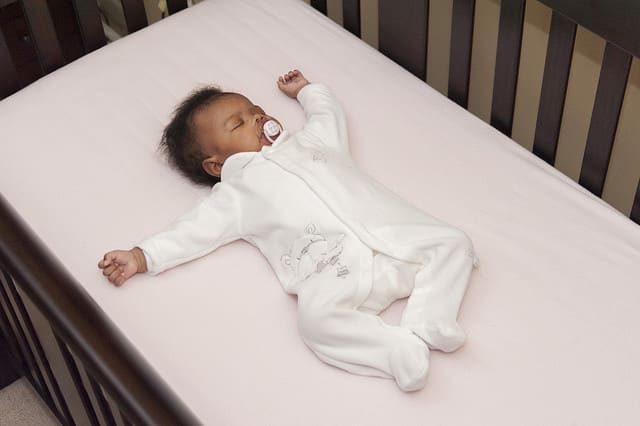
Here are some problematic sleeping positions you should take note of:
1. Stomach Sleeping (Prone Position)
It is more likely for babies to die of SIDS if they sleep on their stomachs because they may breathe in carbon dioxide that they just exhaled or have their airways blocked. A baby’s face could be pressed against the mattress, increasing the chances of suffocation.
2. Side Sleeping
Babies who sleep on their sides risk rolling onto their stomachs which is as dangerous as sleeping prone. The side position could also block the airway causing breathing difficulties.
3. Sleeping on Soft Surfaces
Soft surfaces such as sofas and beds can contour around a baby’s face thereby endangering them with suffocation. Babies might roll off or get trapped between cushions leading to either injury or suffocation.
4. Inclined Sleeping
If a baby’s head falls forward while in an inclined position, it may block his/her airway hence preventing breathing. Body posture can restrict respiration during inclined postures.
5. Bed-Sharing
The presence of soft bedding coupled with parents who might roll over onto their children put infants at higher risk of suffocating while asleep. Babies can fall from the bed or become wedged between the mattress and frame.
Creating a safe sleep environment is important for reducing risk and ensuring healthy growth in babies. Therefore, follow our guide on the best position for an infant to sleep in and rest easy!
Read More: How to Bathe a Newborn: 10 Essential Tips for New Parents!
A Word From Mind Family
As new parents, your baby’s safety and well-being during sleep are paramount, and understanding the best newborn sleeping posture is crucial.
At Mind Family, we recognize that parenthood is filled with many decisions, and ensuring your little one sleeps safely is among the most important.
Choosing the best position for an infant to sleep in not only helps safeguard your baby’s health but also contributes to their overall development and well-being. We hope this information empowers you to create a safe and nurturing sleep environment for your child.
For more tips, resources, and support, visit our website or connect with us on our social media platforms. Here’s to safe sleep and sweet dreams for your little one!
Frequently Asked Questions (FAQs)
1. Why choosing the right sleeping position for newborns is important?
Choosing the correct sleeping position for newborns reduces the risk of SIDS, prevents positional asphyxia, and ensures a safe sleep environment, promoting overall infant health and safety.
2. What is the best position for an infant to sleep?
The safest position for an infant to sleep is on their back, which helps maintain open airways and reduces the risk of suffocation and SIDS.
3. What are the unsafe newborn sleeping postures to be aware of?
Avoid stomach sleeping, side sleeping, bed-sharing, inclined positions, and sleeping on soft surfaces to reduce risks of suffocation, SIDS, and other sleep-related hazards.
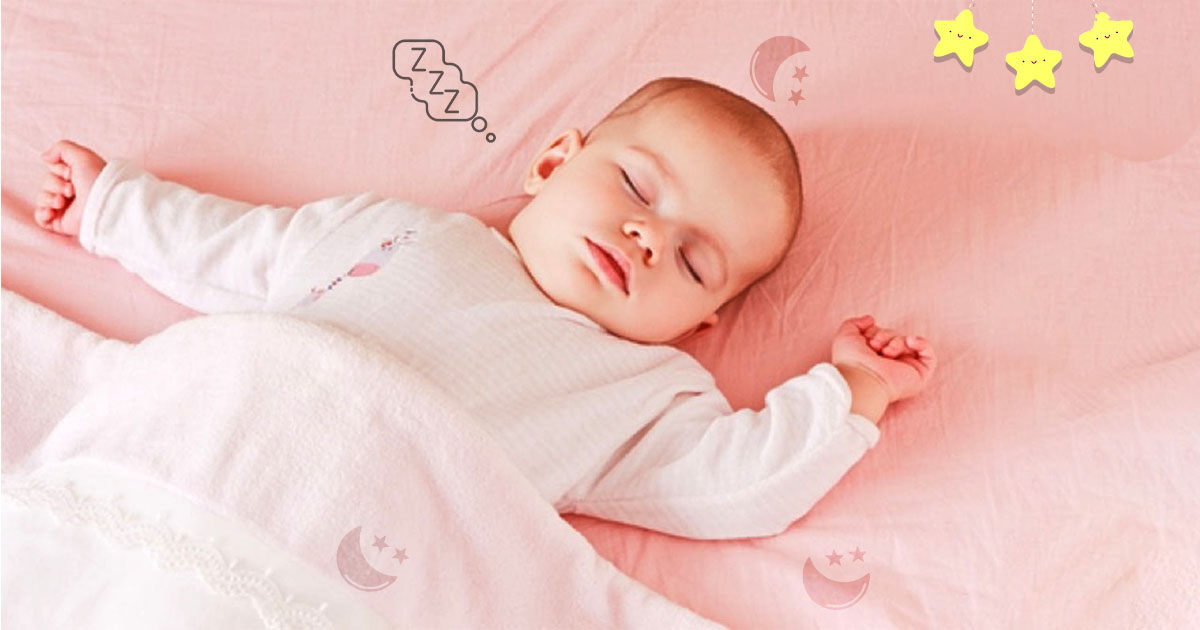

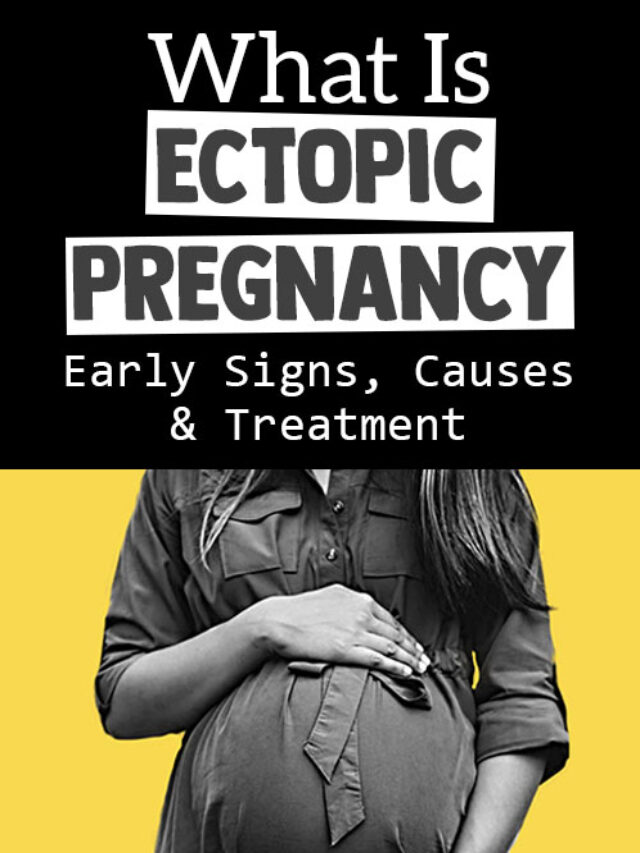
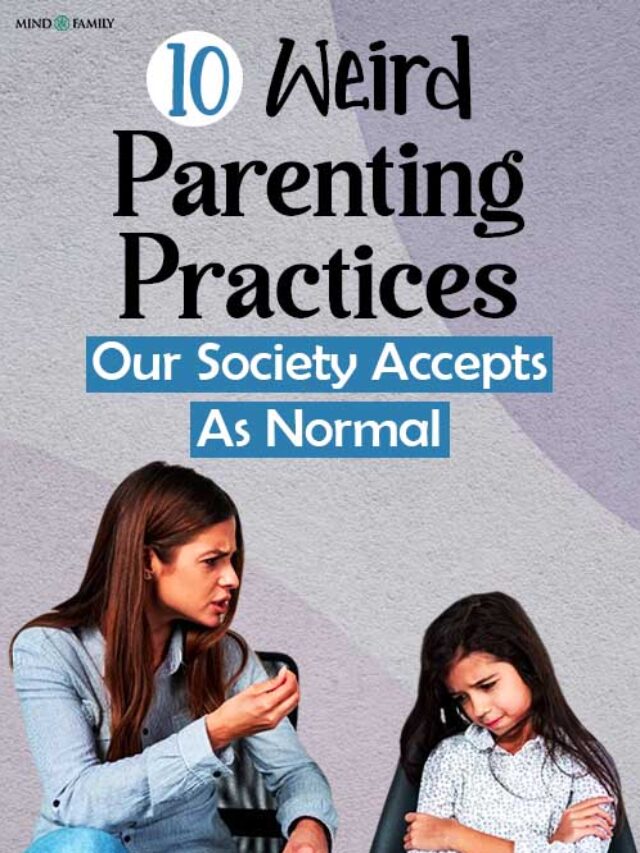
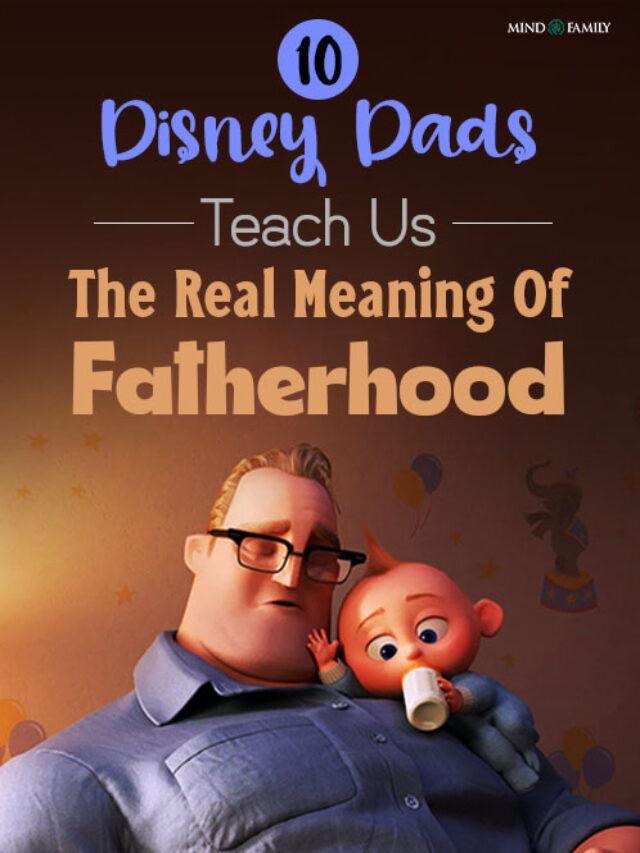
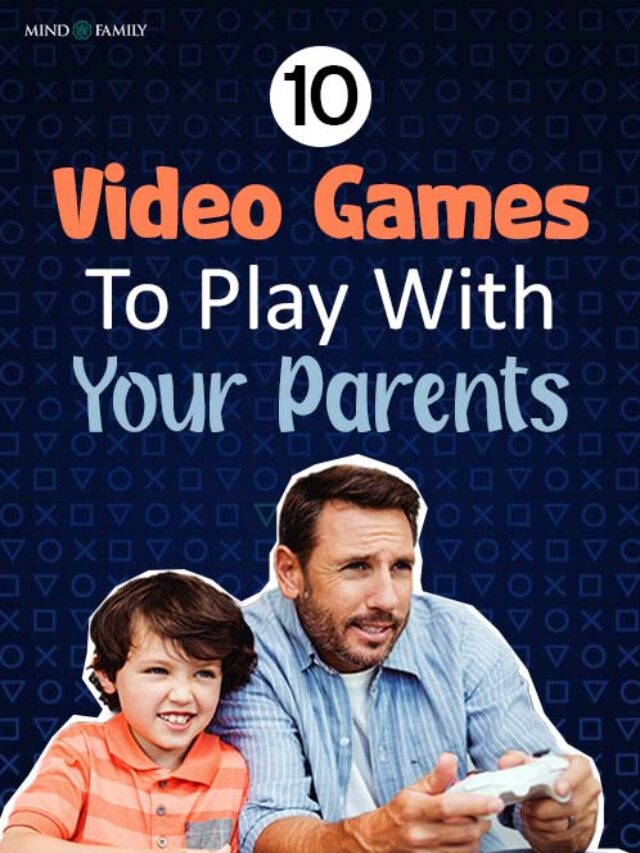


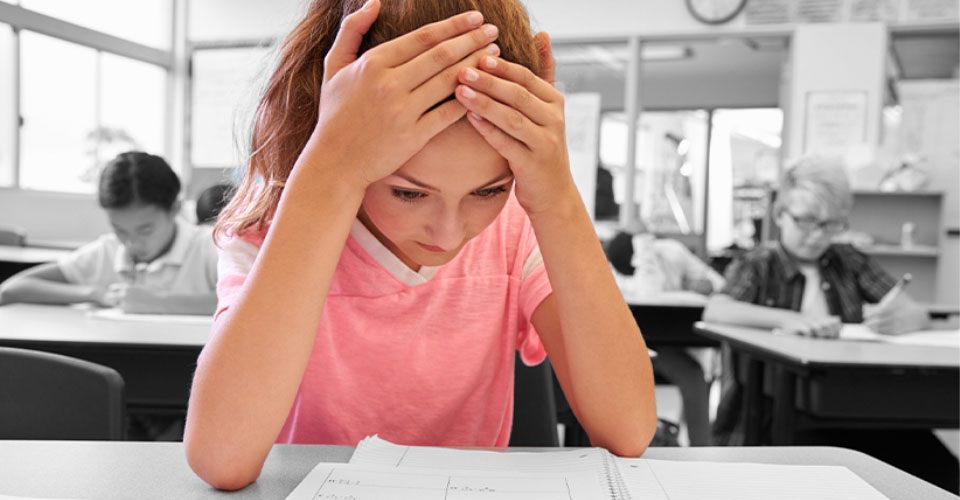
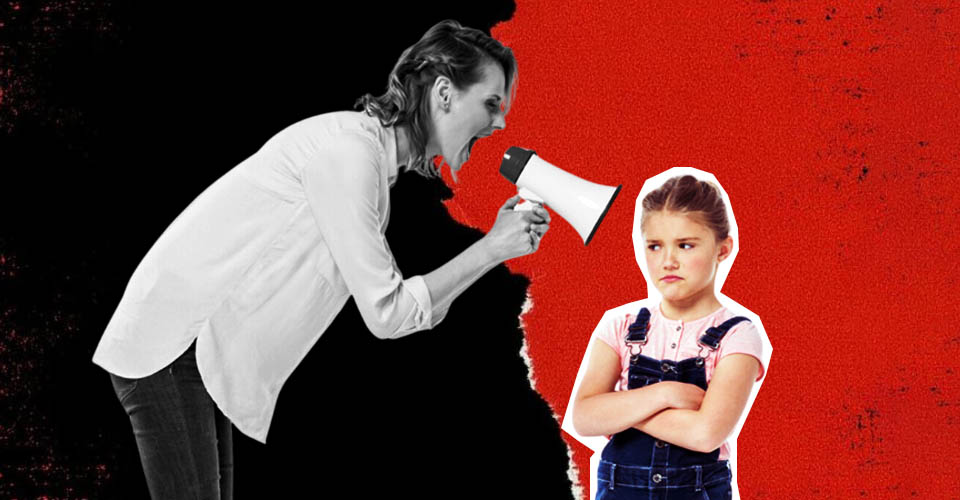
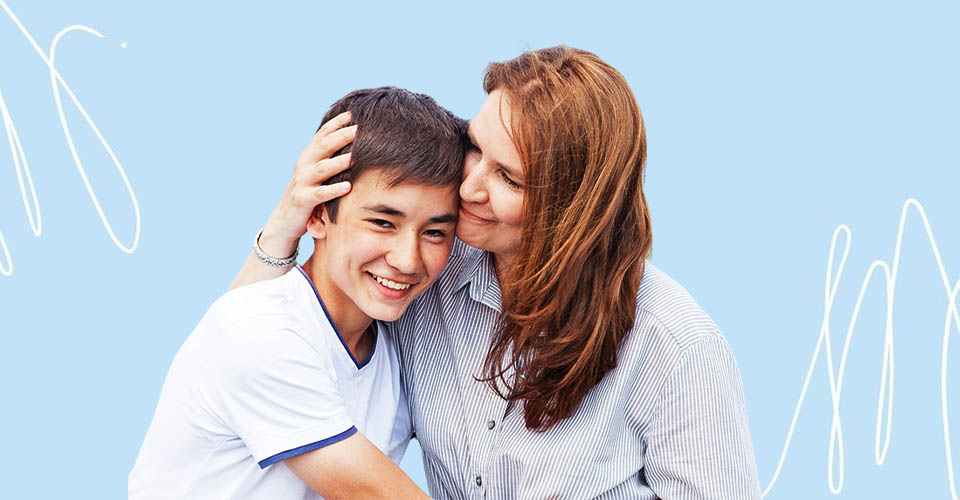
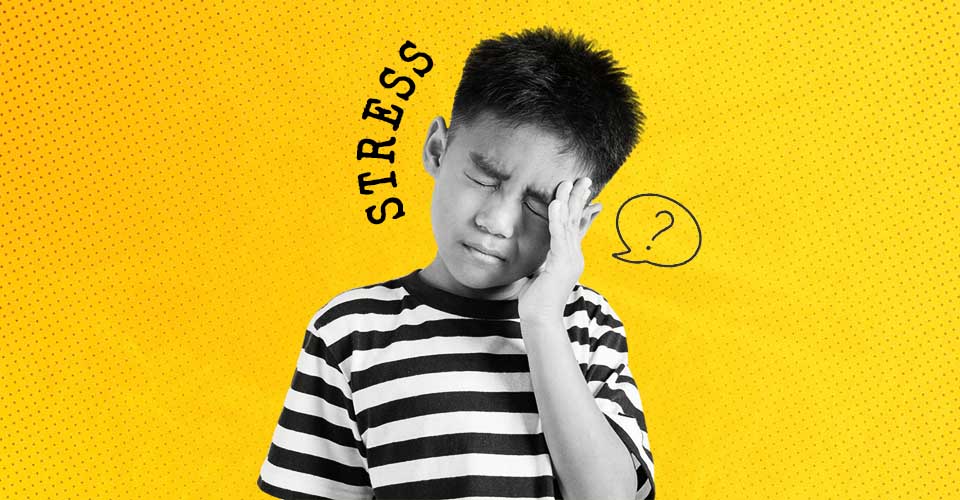
Leave a Reply